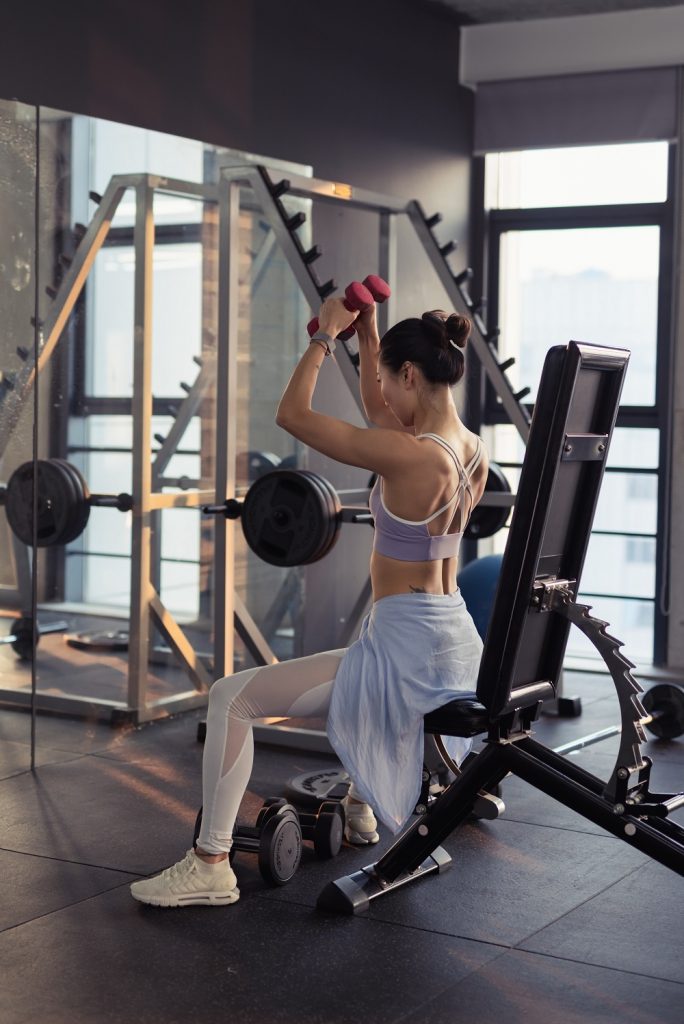When losing weight, you’ve probably spent many hours looking for a quick way to lose weight. Nutritionists say that looking for shortcuts won’t help us at all. Check out the top five weight loss myths. This will make it easier for you to lose weight.
The myth of eating after 6 pm stems from the somewhat outdated belief of nutritionists that everyone goes to bed at 8 or 9 p.m. Eating dinner right before going to sleep is not a good idea, but a small percentage of active people go to bed very early. The rule of thumb for setting dinner times is simple – if you want to prevent body fat from being stored, plan your last meal two to three hours before bedtime. Dinner should be nutritious and light – avoid foods fried in fat. Scrambled eggs, fried eggs, kefir, salad with boiled chicken or fruit are very good choices. Nutritionists often warn against eating fruit for dinner because it contains sugars. The sugar in fruit is fructose, which is absorbed very quickly. So you can allow yourself an apple or an orange in the evening.
If you’re not preparing for a competition and you don’t want to be a champion in e.g. pull-ups, then long hours of training at the gym or at home are futile. You can quite easily become addicted to movement, which gives a lot of pleasure. However, try to exercise with common sense. To lose weight, you don’t need to devote an hour or two a day to training. Fitness trainers emphasize that short and very intensive HIT-type workouts are the fastest way to burn fat. The most effective is interval training, which consists of alternating very intensive effort with the so-called cool down and calming the heart rate. With intervals it is important to have a warm-up – 7 minutes, intensive exercises – 15-20 seconds to 85% of the maximum heart rate (HRmax), 45 seconds of moderately intensive exercises (60% HRmax). Intersperse high-intensity exercise with medium-intensity exercise for another 20 minutes, then cool your body down with gentle movement, calm your heart rate, and begin a five-minute stretch.

This is a basic mistake many people who workout make. If you dream of a perfect figure, what and how you eat is very important. With proper nutrition you can count not only on losing weight, but also on maintaining your body weight, which is also very important. To calculate your energy needs, use the formula for PPM – basal metabolic rate:
655.1 + (9.563 x body weight [kg]) + (1.85 x height [cm]) – (4.676 x [age])
655.1 is the resting energy expenditure kcal, which is the amount of kcal that each of us burns during the day while resting.
Knowing your PPM will tell you how many kcal you need to consume if you are not physically active.
You will get the full data by multiplying PPM by the physical activity factor:
Weight loss always starts with a negative calorie balance. Previously calculated energy needs in accordance with your physical activity, weight and height must be reduced by 200 kcal. In this way, the body will begin to use the stored fat, which will translate into weight loss
Reduced calories with a well-composed diet will not affect hair loss or deterioration of the skin. If you experience fatigue and hair loss while dieting, it is a sign that you are not getting all the vitamins and trace elements that are important for your body. Hair loss may also be a sign of insufficient zinc and selenium in your diet. Include nuts, seeds and legumes in your diet to take care of strong hair and nails.
Read also: 5 dietary habits that damage our gut (and therefore our beauty!)
Main Photo: Thought Catalog/ unsplash.com